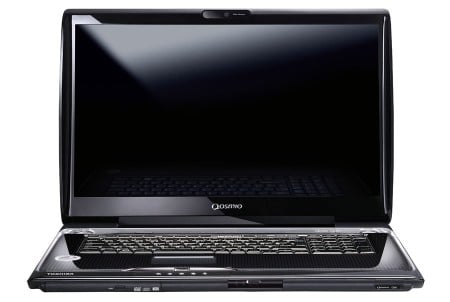With a new emphasis on Windows motion-control, rumours are swirling that laptop computers could be the next devices to support Microsoft’s motion technology.
Ever since “Minority Report” came out, we’ve practically had computer makers declaring that the gesture controlled computers Tom Cruise was using in the movies could one day be a thing of the present, and not just effects added for a science fiction film.
The 2002 movie based on a story by sci-fi writer Philip K. Dick – the same mind behind the story “Blade Runner” was based on – showed us a future world where criminals could be found by telepathic individuals and technology had changed in more ways than could be imagined.
One of these was a computer that could take gestures to control, waving your hands over a translucent screen and moving aspects of the program around using just your limbs.
Since Microsoft first released its video-camera and depth-sensor enabled Kinect accessory for the Xbox 360, we’ve seen individuals around the world come up with ways to exploit the technology inside the Kinect for interesting purposes. Originally designed for motion gaming on the Xbox 360 console, the Kinect has been used to help kids with autism, control robots, and even create motion gesture interfaces similar to what was envisioned in Minority Report.
Now with Microsoft looking to bring the Kinect to Windows with a new “made for PC” model, it stands to reason that the company is eyeing laptop makers with a new focus.
Imagine being able to open up a web browser by raising your hands. You call out “go to GadgetGuy” and the webpage loads, the computer confirming your selection with a loud ding. Meanwhile, you get a phone call popping up on screen with a little message, so you bring a hand in and swipe from the right, showing just who is calling. “Answer” you call out, and the call switches on, letting you chat to a friend for a while. And when it’s all done, you wink, and the screen shuts off and you can go out and enjoy the day.
With a new generation of Windows just a stone throw away and researchers around the world exploiting the power of the Kinect for more than just video games, you can probably expect a Kinect-enabled laptop or all-in-one desktop to become available in the next few years, designed to let you control your computer using voice and hand gestures, possibly even with refined facial control.

It’s also not the first time we’ve seen motion controls brought to laptops, either. In 2008, Toshiba computer-based motion control with the combination of a camera and the same Cell processor used in the PlayStation 3.
It wasn’t great those years ago, but it was the first time we’d seen a computer fit for consumers try to take the mouse and keyboard from the equation.
Fast forward to today, and the technology has changed considerably, with the Kinect able to pick up on gestures for controlling the Xbox. What will it be like in five years?









